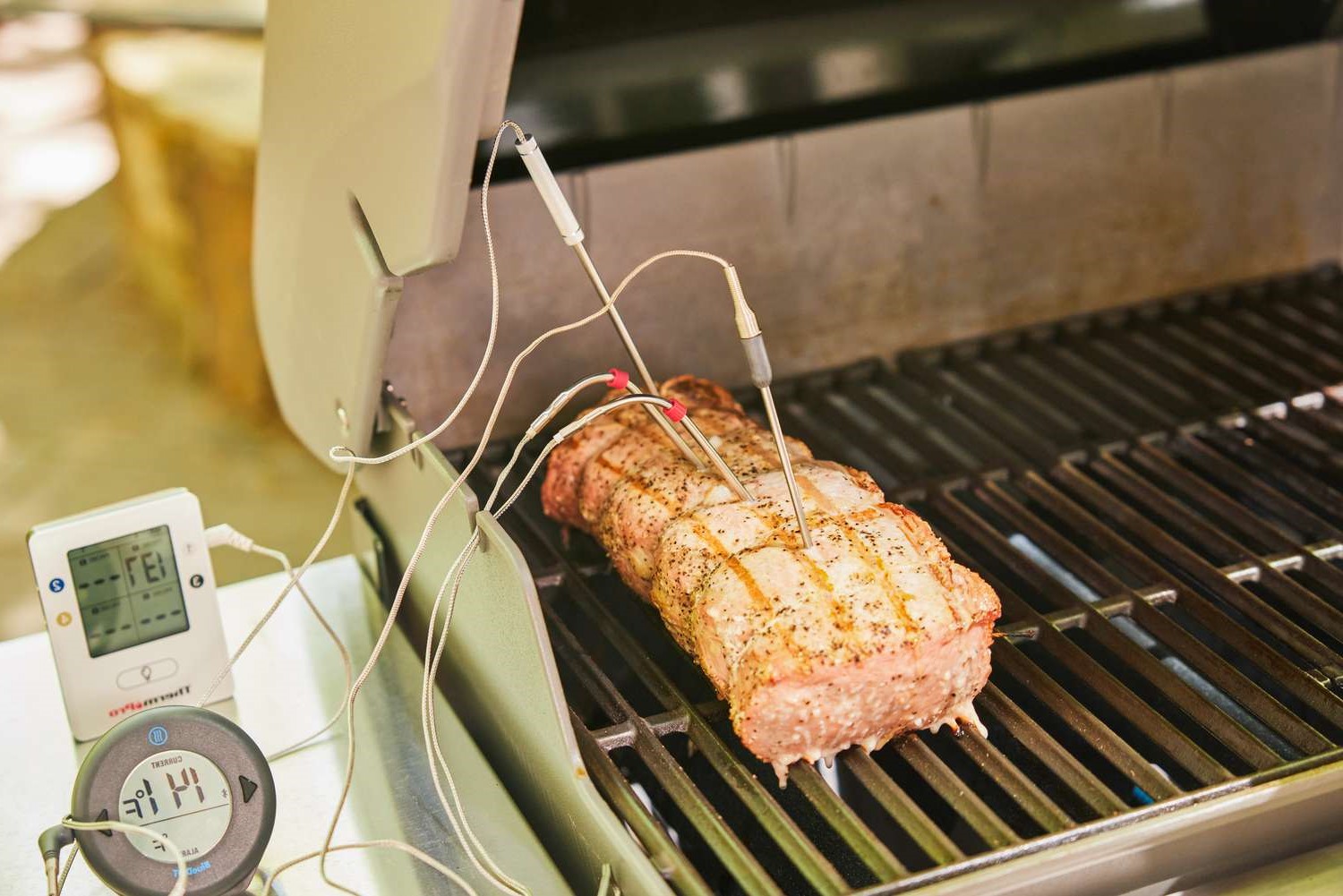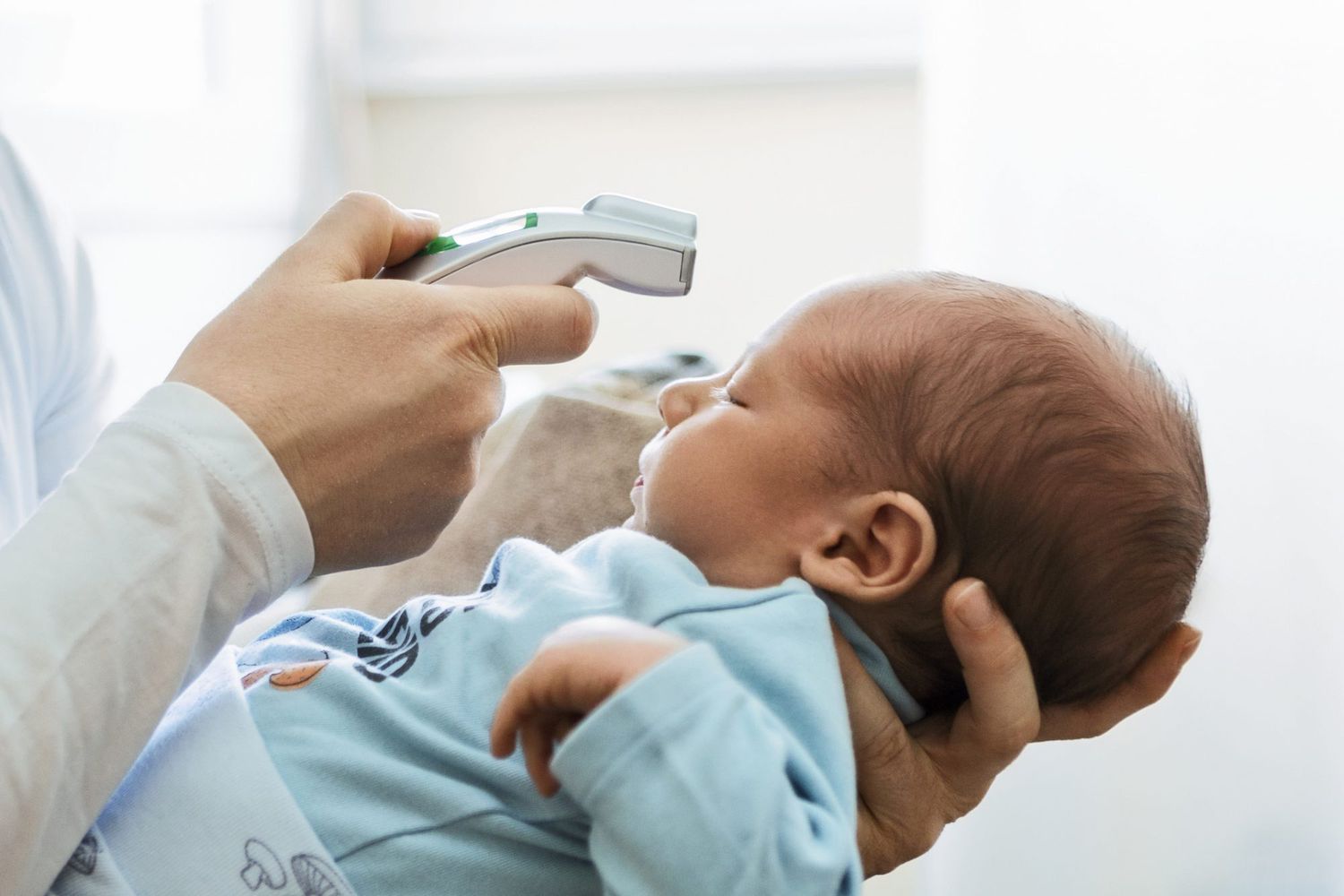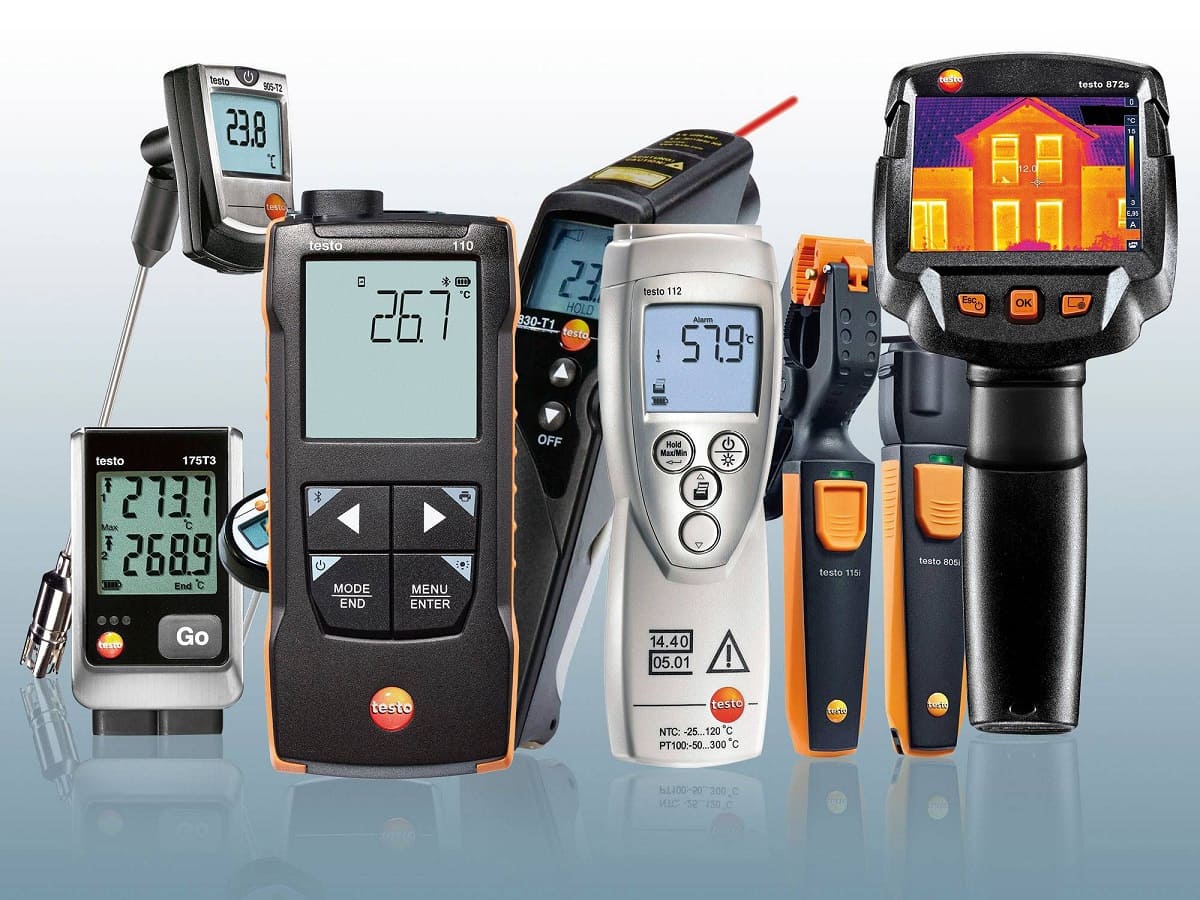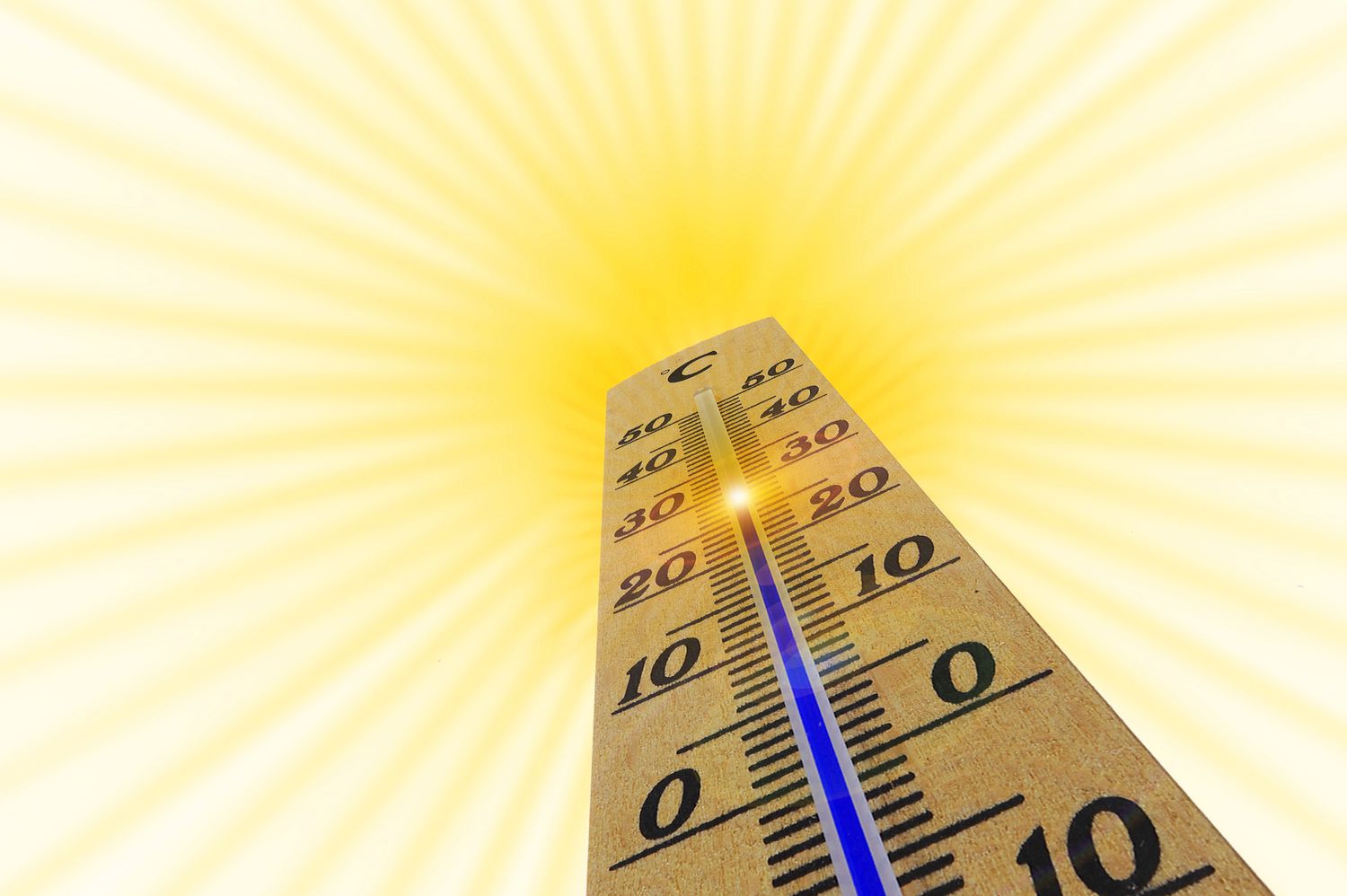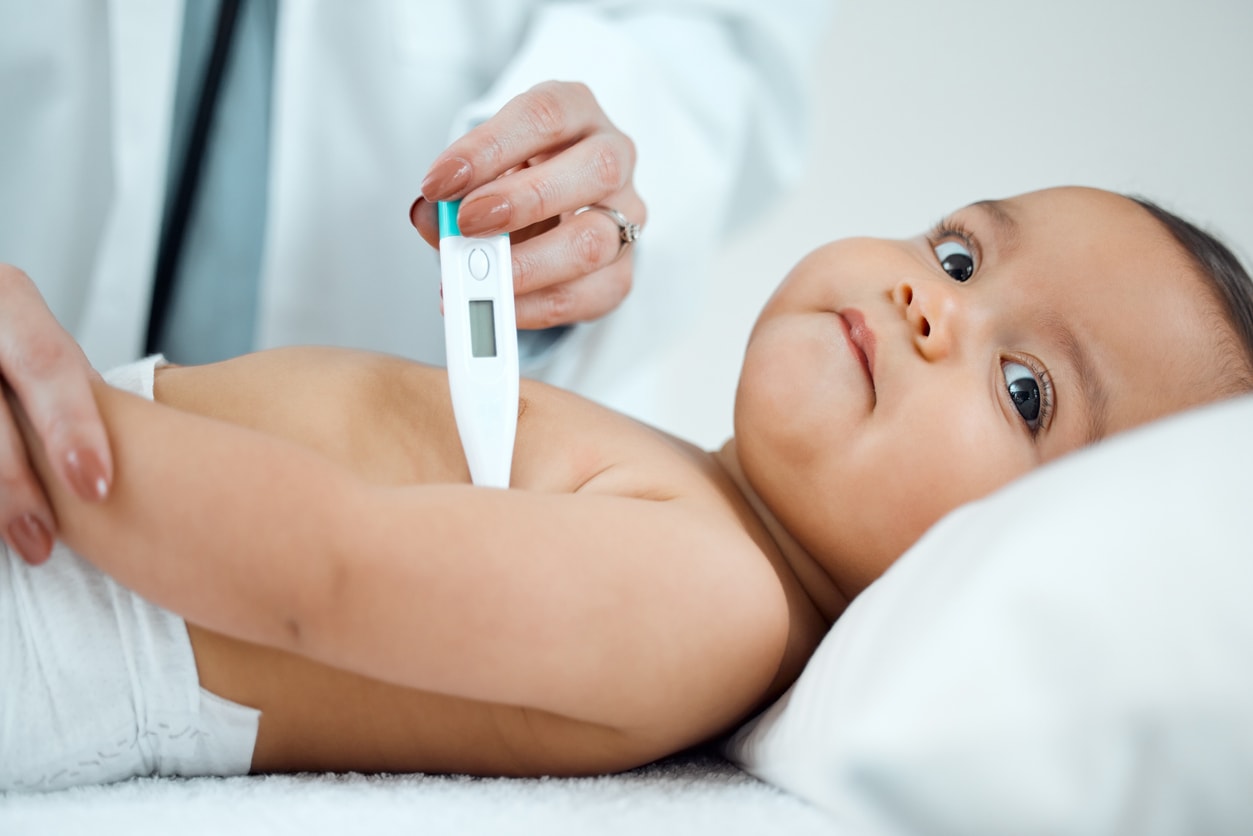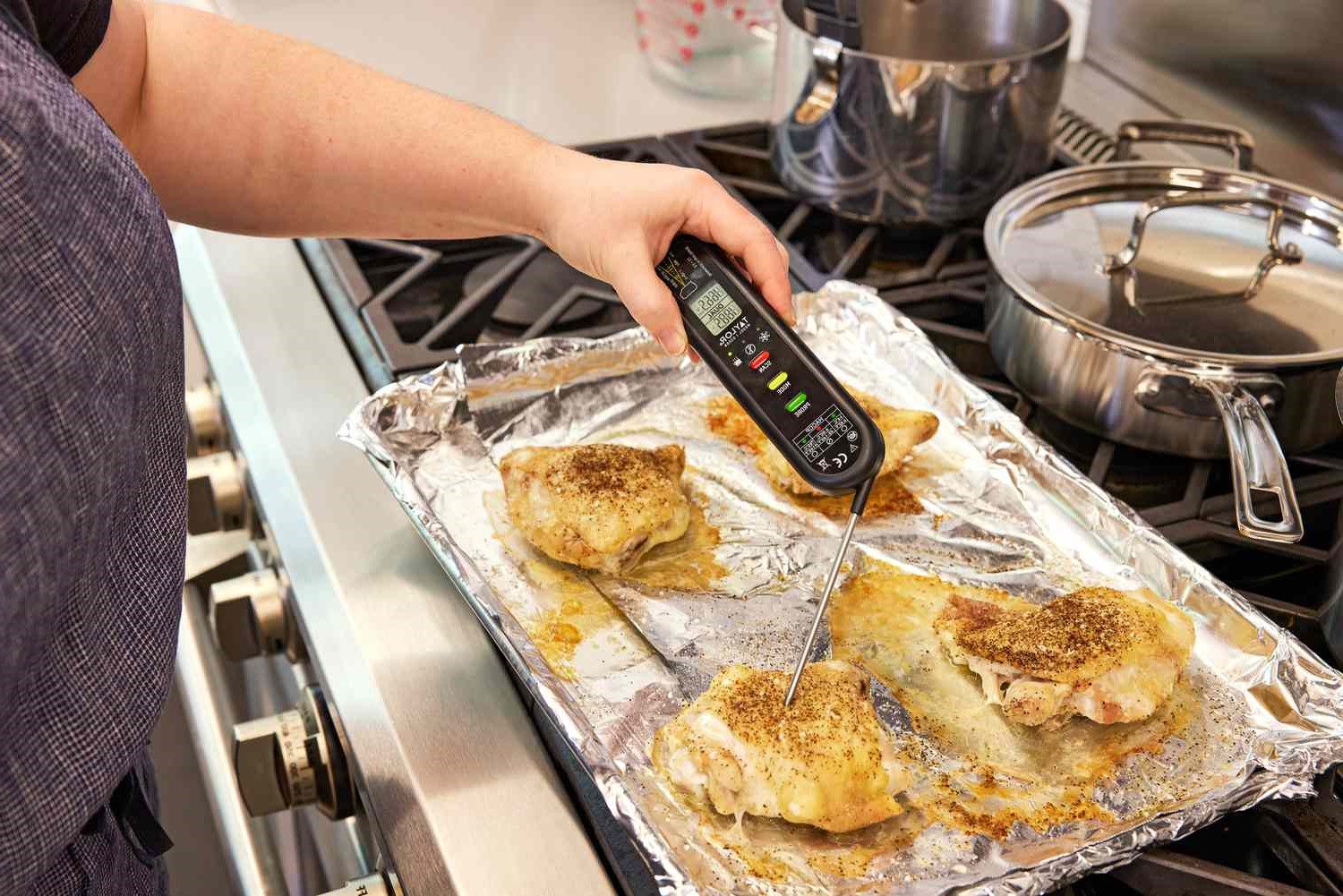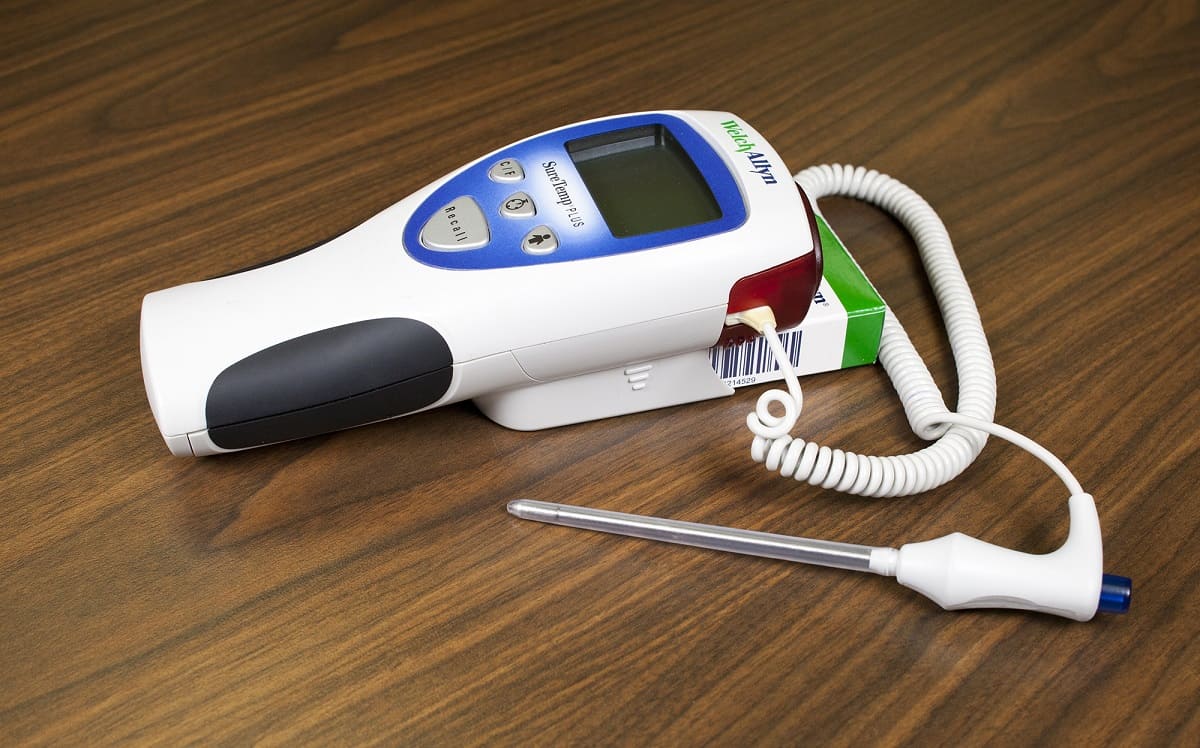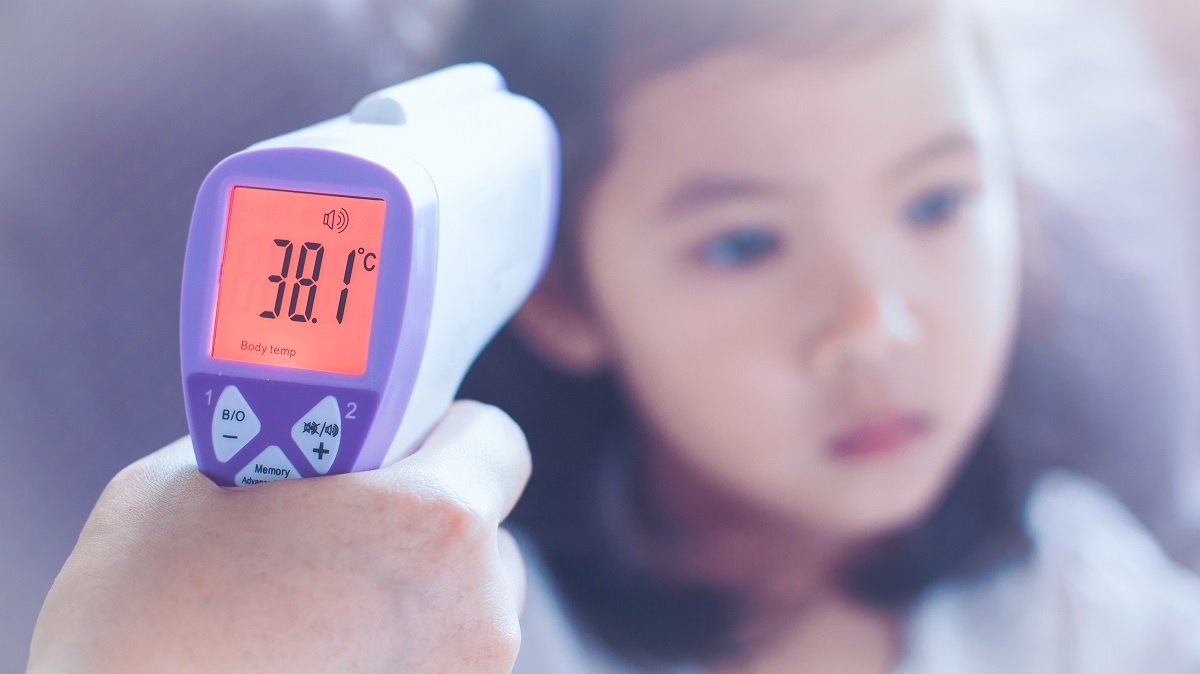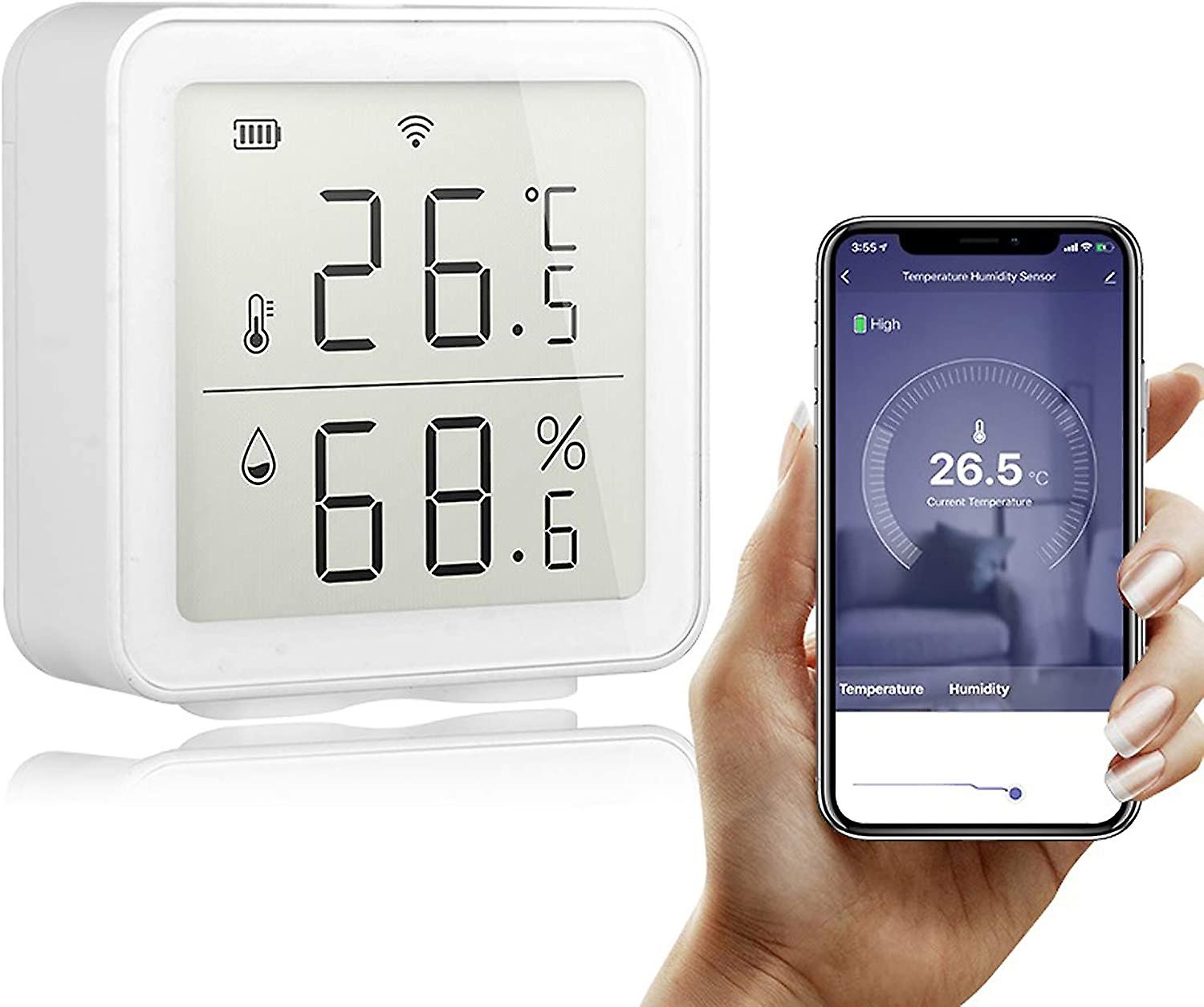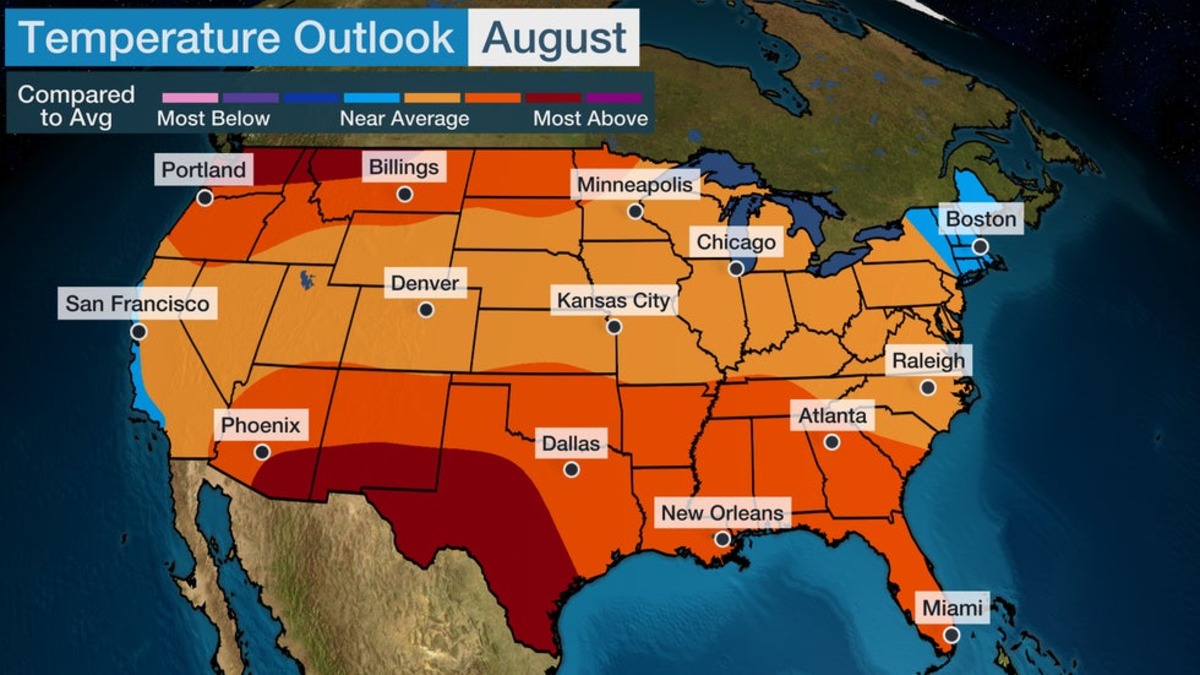Home>Health & Nutrition>Baby Armpit Temperature: Importance And How To Measure


Health & Nutrition
Baby Armpit Temperature: Importance And How To Measure
Published: February 19, 2024
Learn the importance of measuring a baby's armpit temperature and how to do it correctly. Get expert tips on health and nutrition for your little one.
(Many of the links in this article redirect to a specific reviewed product. Your purchase of these products through affiliate links helps to generate commission for Temperatures.com, at no extra cost. Learn more)
Table of Contents
Understanding the Significance of Baby Armpit Temperature
The baby's armpit temperature is a crucial indicator of their overall health and well-being. As infants are unable to communicate their discomfort or symptoms effectively, monitoring their body temperature is an essential aspect of maintaining their health. The armpit temperature serves as a reliable measure of the baby's core body temperature and can provide valuable insights into their physiological state.
Maintaining an optimal body temperature is vital for a baby's growth and development. Fluctuations in body temperature can be indicative of various health conditions, including infections, fever, or other underlying illnesses. By regularly monitoring the baby's armpit temperature, caregivers can promptly identify any deviations from the normal range and take appropriate measures to address potential health concerns.
The armpit temperature is particularly significant for infants due to their delicate nature and susceptibility to infections. Even a slight elevation in body temperature can signal the presence of an underlying illness, prompting caregivers to seek medical attention promptly. Additionally, monitoring the baby's armpit temperature can aid in the early detection of fever, which is a common symptom of various illnesses in infants.
Furthermore, understanding the significance of baby armpit temperature enables caregivers to proactively manage the baby's health. By recognizing the early signs of fever or abnormal temperature readings, caregivers can administer timely interventions, such as providing appropriate medication or seeking medical advice. This proactive approach can contribute to better health outcomes for the baby and minimize the risk of complications associated with undetected illnesses.
In essence, comprehending the importance of monitoring the baby's armpit temperature empowers caregivers to take proactive measures in safeguarding the baby's health. By recognizing the significance of this vital physiological parameter, caregivers can prioritize regular temperature monitoring as an integral part of the baby's overall wellness routine. This proactive approach not only promotes early detection of potential health issues but also fosters a nurturing environment that prioritizes the baby's well-being.
Proper Techniques for Measuring Baby Armpit Temperature
Measuring a baby's armpit temperature requires precision and care to ensure accurate readings. The following techniques are essential for caregivers to effectively measure the baby's armpit temperature:
-
Preparation: Before measuring the baby's armpit temperature, it is crucial to ensure that the baby is calm and relaxed. Choose a time when the baby is not overly active or agitated, as movement can affect the accuracy of the reading. Additionally, gather all necessary supplies, including a reliable digital thermometer and clean, dry cloth.
-
Positioning: Gently undress the baby and ensure that their armpit is dry. Position the baby's arm close to their body and hold it in place to create a snug fit. This positioning is vital for ensuring proper contact between the thermometer and the skin, which is essential for an accurate reading.
-
Thermometer Placement: Place the tip of the digital thermometer in the center of the baby's armpit, ensuring that it is in direct contact with the skin. Hold the thermometer in place with light pressure to prevent it from shifting during the measurement. It is important to maintain a stable position to obtain a reliable temperature reading.
-
Measurement Duration: Follow the manufacturer's guidelines for the recommended duration of the temperature measurement. Typically, it takes a few seconds for digital thermometers to provide an accurate reading. During this time, ensure that the baby remains still to prevent any disruptions to the measurement process.
-
Interpreting the Reading: Once the thermometer indicates that the measurement is complete, carefully remove it from the baby's armpit and note the temperature reading. Digital thermometers usually display the temperature reading clearly on the screen. Record the reading accurately for future reference and monitoring.
-
Comfort and Reassurance: Throughout the process of measuring the baby's armpit temperature, it is essential to provide comfort and reassurance to the baby. Maintain a soothing and gentle demeanor to ensure that the baby remains calm and relaxed during the measurement.
By adhering to these proper techniques for measuring the baby's armpit temperature, caregivers can obtain accurate and reliable readings. Consistent monitoring using these techniques enables caregivers to promptly identify any deviations from the normal temperature range, facilitating timely interventions and promoting the baby's overall health and well-being.
Tips for Accurate Baby Armpit Temperature Measurement
Accurately measuring a baby's armpit temperature is essential for monitoring their health and detecting potential signs of illness. To ensure precise and reliable temperature readings, caregivers can implement the following tips:
-
Selecting the Right Thermometer: Choose a digital thermometer specifically designed for measuring armpit temperatures in infants. Digital thermometers are recommended for their ease of use and accuracy. Ensure that the thermometer is clean and in good working condition before use.
-
Maintaining Hygiene: Prior to measuring the baby's armpit temperature, ensure that the armpit area is clean and dry. Any moisture or residue can impact the accuracy of the reading. Gently pat the armpit area with a clean, dry cloth to remove any excess moisture.
-
Avoiding Overdressing: Dress the baby in lightweight clothing to prevent excessive insulation, which can elevate the armpit temperature readings. Overdressing can lead to false high readings, potentially causing unnecessary concern.
-
Consistent Timing: Aim to measure the baby's armpit temperature at consistent times to establish a reliable baseline. For instance, consider measuring the temperature at the same time each day, such as in the morning or before bedtime. Consistency in timing can provide valuable insights into the baby's temperature patterns.
-
Proper Arm Positioning: When positioning the baby's arm for temperature measurement, ensure that it is snugly positioned against their body. This positioning facilitates optimal contact between the thermometer and the skin, promoting accurate temperature readings.
-
Monitoring Rest Periods: It is advisable to measure the baby's armpit temperature during periods of rest or calmness. Physical activity or agitation can elevate the body temperature temporarily, potentially leading to inaccurate readings. Choosing moments when the baby is relaxed can contribute to more reliable measurements.
-
Documenting Temperature Readings: Maintain a record of the baby's armpit temperature readings over time. This documentation enables caregivers to track any fluctuations or patterns, providing valuable information for healthcare professionals if the need arises.
-
Seeking Professional Guidance: If caregivers have any concerns about the baby's temperature readings or overall health, it is essential to seek guidance from a healthcare professional. Consulting a pediatrician or healthcare provider can offer reassurance and guidance in interpreting temperature readings and addressing any potential health issues.
By implementing these tips, caregivers can enhance the accuracy of baby armpit temperature measurements, enabling them to monitor the baby's health effectively and respond promptly to any deviations from the normal temperature range.
